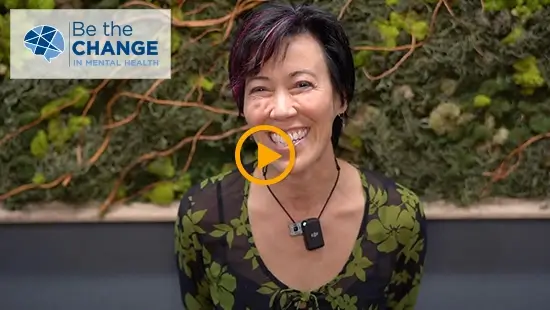
Ketamine Therapy or Transcranial Magnetic Stimulation?
- Addiction / All Articles / Anxiety / Depression / Ketamine-assisted Therapy / PTSD/PSTI / Transcranial Magnetic Stimulation / Treatments
Many individuals grappling with mental health challenges, such as persistent depression or obsessive-compulsive disorder (OCD), that haven’t responded well to traditional treatments, are often open to exploring innovative therapeutic options. If you’re among this group, you might have come across discussions about two relatively modern approaches: Ketamine Therapy (KAT or KAP) and Transcranial Magnetic Stimulation (TMS).
These methods are gaining attention as excellent alternatives to conventional treatments, offering new hope for those with treatment-resistant mental health issues. To assist you in evaluating whether these therapies might be beneficial for you, our guide provides an insight into how each works and their effectiveness, particularly in managing treatment-resistant depression (TRD) and other similar conditions. Of course, your questions might be best answered over the phone or in person so do not hesitate to contact us directly.
Understanding KAT/KAP and TMS
Ketamine Therapy and Transcranial Magnetic Stimulation are widely recognized for their potential in alleviating symptoms of depression, albeit through distinct mechanisms. Comprehending the operational principles behind each therapy is crucial in determining their suitability for your needs.
Ongoing research endeavors aim to deepen our understanding of these therapies and their impact on the brain. Here’s a concise summary of the current knowledge.

Ketamine-assisted Therapy
Research has shed light on the significant ways in which Ketamine Therapy influences the brain. Ketamine interacts with NMDA receptor proteins, obstructing the neurotransmitter glutamate. This action amplifies glutamate activity in the frontal cortex, facilitating the formation of new neural connections and enhancing neuroplasticity, without the initial increase in serotonin required by traditional antidepressants. Combined with the guidance of one our licensed therapists, this process enables our patients to reshape their thought patterns and overcome ingrained behaviors.
Transcranial Magnetic Stimulation
TMS involves the application of repetitive magnetic pulses to stimulate brain nerve cells, using a noninvasive approach where an electromagnetic coil is placed on the forehead. These pulses, transmitted painlessly through the coil, target brain areas associated with mood regulation, potentially increasing brain activity and alleviating depression symptoms.
Comparing the Efficacy of Ketamine Therapy and TMS
Various studies have affirmed the effectiveness of both Ketamine-assisted Therapy and Transcranial Magnetic Stimulation in treating depression and other mental health challenges. Particularly noteworthy is research comparing the two in the context of TRD, revealing significant therapeutic outcomes from both treatments. Key findings include substantial reductions in depression scores following treatment, with a notable proportion of participants experiencing significant improvements or complete remission. These results underscore the potential of both Ketamine-assisted Therapy and Transcranial Magnetic Stimulation in addressing treatment-resistant depression, with ketamine showing a slight edge in efficacy.
Side Effects of Ketamine and TMS
An advantage of both Ketamine Therapy and TMS is their minimal side effects. Most patients report no adverse effects, and only a small fraction discontinue treatment due to side effects. Research has confirmed the safety of Ketamine Therapy which is why it FDA-approved under medical supervision like at Be the Change in Mental Health, particularly its anesthetic properties, and a growing body of evidence supports the safety of TMS as well.
Given the relative safety and potential efficacy of both treatments, they are worth considering for those whose mental health has not improved with other therapies.
At Be the Change in Mental Health, we want to emphasize these available treatment options as opposed to being on medication for life. Contact us to find the most effective solution for your unique mental health challenges may it be simply wanting to achieve top Mental Wellness or addressing a specific conditions.











